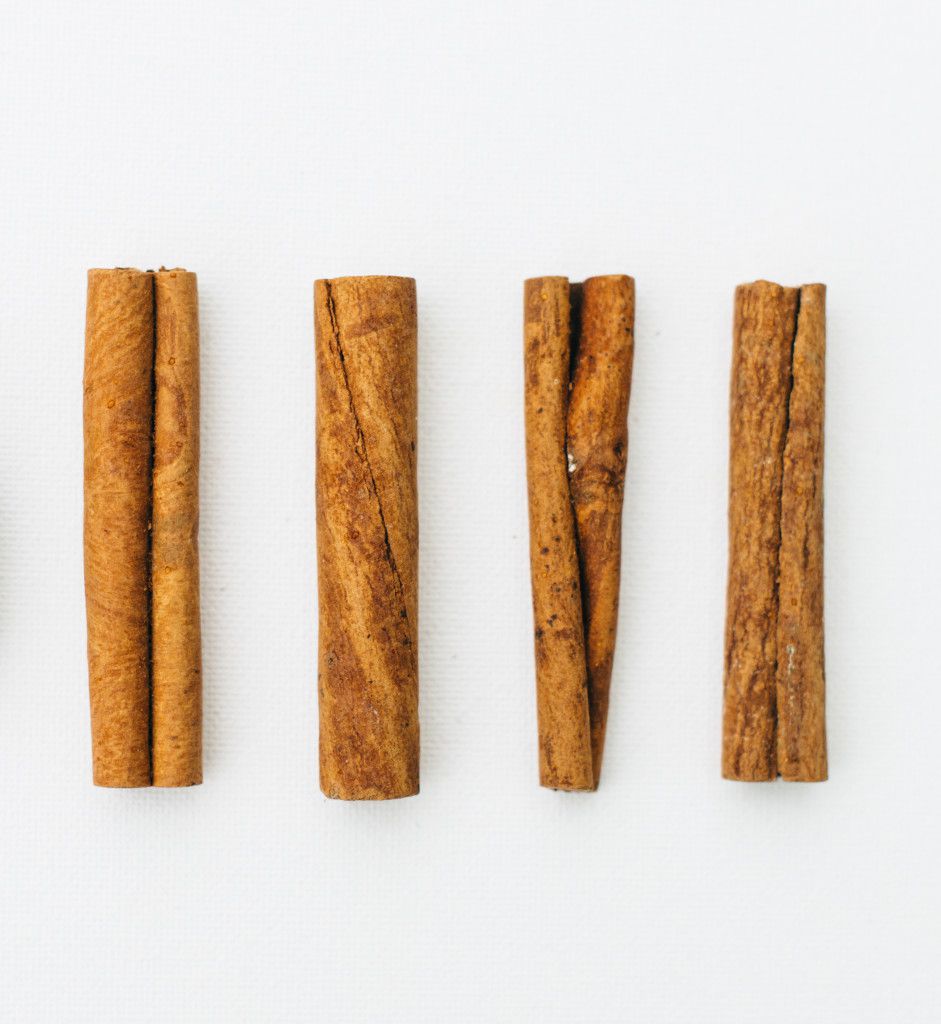Mold is everywhere, and toxic molds often take root within homes and other buildings. Water leaks and damp environments fuel the fugal growth and the proliferation of mold spores in the environment. Once mold is discovered, a safe and effective treatment is necessary to prevent further damage to building structure and the health of those who are exposed. One common cleaning method, chlorine bleach, is neither a safe nor an effective solution. However, essential oils are becoming known as a harmless and potent method to fight molds.
Cinnamon Oil
Cinnamon oil has been shown to be one of the strongest oils for use in battling mold. In a test done on four essential oils, cinnamon showed the best inhibitory effect against mold growing on food. Wax papers with a 6% solution of cinnamon oil used on breads constrained mold growth by 96%. Another study by the International Journal of Food Microbiology showed that a combination of essential oils, including cinnamon oil, suppressed bacterial growth for 60 days. The study suggests that cinnamon oil could be considered an alternative to other food preservatives.
How to Use Cinnamon Oil for Mold
- Diffuse – After you have addressed your water problem, whether it be a leak or dampness, you could then diffuse cinnamon essential oil, or a blend of oils known for reducing mold spores in the air.
- Clean – For small mold contaminations on hard (non-porous) surfaces you may dilute essential oils with water and vinegar to clean. Try a 1/2 gallon of water, 1/3 C vinegar and 10-15 drops of essential oils, including cinnamon oil or a blend of antifungal oils. Always use caution when cleaning mold yourself (the EPA recommends that any mold problem larger than 10 square feet be examined by an expert), and test a small area with the solution first to make sure it wont damage the surface.
I only recommend essential oils that are guaranteed to be pure. Many of the oils available today are diluted and may contain chemicals and pesticides. If you would like more information on essential oils, feel free to contact me.
This post may contain affiliate links. See full disclosure here.
Krystle Reeves assists in managing MoldBlogger.com, a website dedicated to providing a place to share and receive information that will better allow individuals to fight and conquer toxic mold and the consequences of mold exposure, and also blogs at Where the Green Things Grow where she shares her adventures and challenges in gardening, parenting, and life.
Sources
Cinnamon-based Packaging To Prevent Mold In Bread And Other Baked Goods
Antibacterial activity of 11 essential oils against Bacillus cereus in tyndallized carrot broth


2 comments